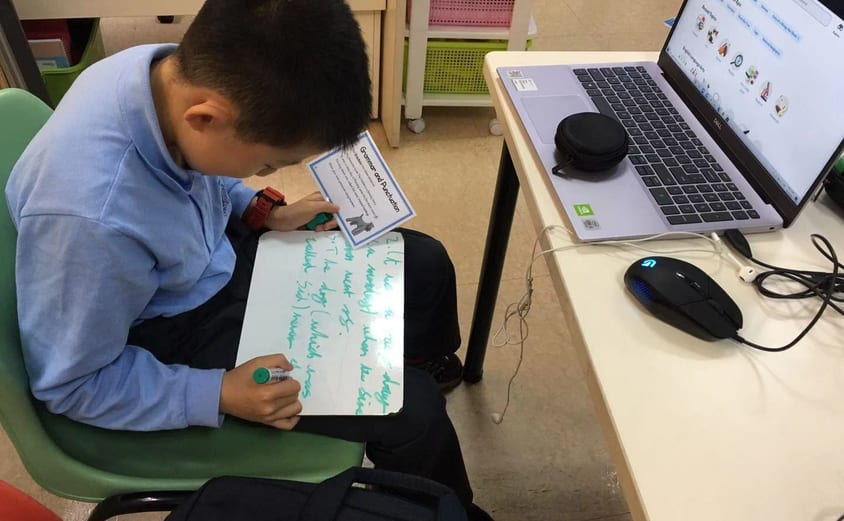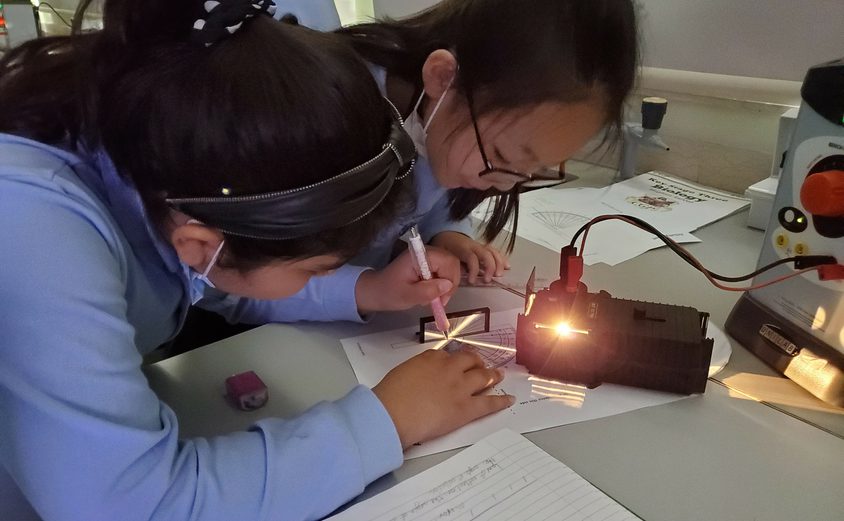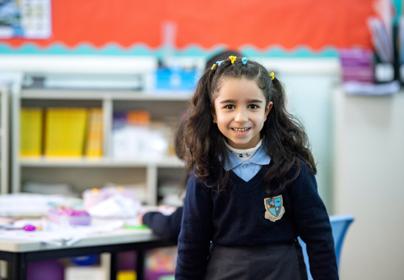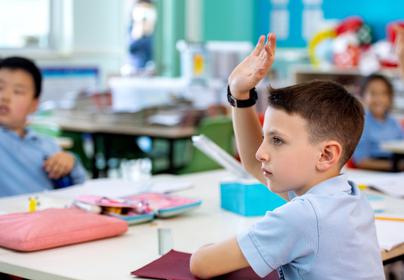From investigating how light behaves to making papyrus, to sculpting fruit and vegetables to tallying and graphing ping pong ball scoring, it has been another enjoyable week in Primary.
Read on to find out more…
It has been great to see how enthusiastic Year 1 are,as they continue to learn about their specific big machine and remember the new vocabulary to describe it. The children have also been looking at the features of a non-fiction text as they prepare to write their own. Whilst in Science, they have been learning how animals adapt to survive in the cold.
Year 2 have been busy working together to solve Maths problems using a range of different strategies. They have built upon their reasoning skills and worked hard to include mathematical vocabulary in their explanations. In Art, they have sculpted their chosen piece of fruit or vegetable and enjoyed using the crafting tools to add detail.








Year 3 have had a wonderful time measuring various items this week. They have been estimating, comparing and converting cm and mm. In topic they have pretended to be a scribe and had a great (and messy!) time making papyrus paper, which they added details to. Whilst in English they have used all their knowledge about Cleopatra to create a quiz and a newspaper article.
Year 4 have been discussing the key moments from different stories that they have been reading. Following this, they have used Pie Corbett’s innovation for writing technique to firstly story map and then change key parts of the stories to make them their own. In Maths, they have been concluding their studies about time by interpreting different line graphs. The children have enjoyed gathering data, constructing and plotting their own graphs. They had lots of fun tallying how many ping pong balls they could score in a given time and then representing this in a graphical form.
Year 5 have been drafting and editing their own non-chronological reports about a ‘made up’ animal! Children have explored using a relative clause, whilst also consolidating their understanding of using dashes and brackets. In Maths they have begun tackling fractions; understanding equivalent and improper fractions, as well as finding fractions of number. Science has seen them delve further into the topic of evaporation where they have started to create their own ‘Evaporation’ brochures of information. Children enjoyed researching different facts and have worked interdependently to complete this - sharing information and empowering one another.
Meanwhile, over the past few weeks, Year 6 have been investigating light. They have discussed the differences between light sources and reflectors and learned the concepts of reflection versus refraction. In practical work, many of the students were successful in their attempts to prove the Law of Reflection with accuracy and precision. Following their success in the work with reflection, refraction of light was introduced. After observing the optical illusions refraction causes, Year 6 investigated how light behaves depending on the type of material it passes through. They were tasked to work with transparent prisms to recreate Sir Isaac Newton’s experiment to observe what he did in 1666 – the splitting up of white light to reveal ROY G BIV, also known as the visible spectrum. Excellent work has been done by all.
Fantastic work by all, have a well-deserved relaxing weekend!
Miss Katherine Mustoe
Vice-Principal and Head of Primary














